Home>Gardening & Outdoor>Landscaping Ideas>What Grass Is Most Drought-Tolerant
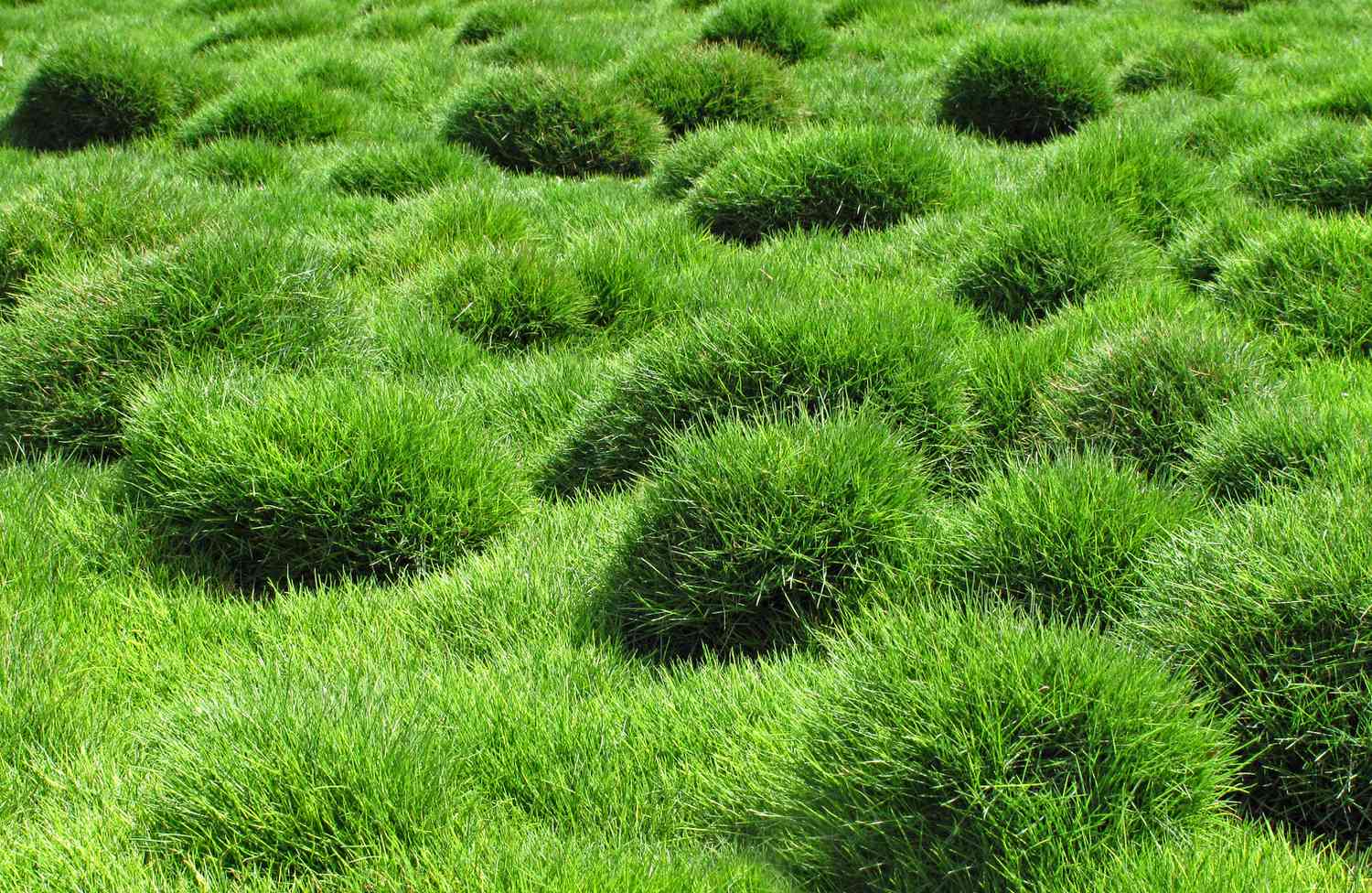

Landscaping Ideas
What Grass Is Most Drought-Tolerant
Modified: February 18, 2024
Discover the most drought-tolerant grass for your landscaping needs. Explore landscaping ideas and tips for a resilient and water-efficient lawn.
(Many of the links in this article redirect to a specific reviewed product. Your purchase of these products through affiliate links helps to generate commission for Storables.com, at no extra cost. Learn more)
Introduction
When it comes to landscaping in regions prone to dry spells and water restrictions, selecting the right type of grass is crucial. Drought-tolerant grass not only withstands limited water resources but also offers a lush and vibrant lawn throughout the year. Understanding the unique characteristics of various drought-tolerant grasses and how to maintain them can significantly impact the overall success of your landscaping efforts.
In this comprehensive guide, we will delve into the world of drought-tolerant grass, exploring the different types available and providing insights on how to choose the most suitable option for your specific needs. Additionally, we will discuss essential tips for maintaining drought-tolerant grass, ensuring that your lawn remains healthy and visually appealing even during extended dry periods.
Whether you are a seasoned landscaper or a homeowner looking to revamp your outdoor space, this article aims to equip you with the knowledge and understanding necessary to make informed decisions about drought-tolerant grass. By the end of this guide, you will have a clear understanding of the best practices for selecting, cultivating, and maintaining drought-tolerant grass, ultimately transforming your lawn into a resilient and captivating oasis. Let's embark on this journey to discover the beauty and practicality of drought-tolerant grass, and how it can elevate your landscaping endeavors to new heights.
Key Takeaways:
- Choose drought-tolerant grass like Bermuda or Zoysia for a lush lawn in dry regions. Consider climate, soil, maintenance, and water conservation for the best results.
- Maintain drought-tolerant grass with deep, infrequent watering, proper mowing, soil health checks, weed control, careful fertilization, and regular inspections. Create a resilient and vibrant lawn while conserving water.
Read more: What Is The Most Drought-Tolerant Grass Seed
Understanding Drought-Tolerant Grass
Drought-tolerant grass, as the name suggests, possesses the remarkable ability to thrive in arid conditions with minimal water requirements. This resilience is attributed to several key characteristics that enable these grasses to withstand prolonged periods of drought without compromising their visual appeal or overall health.
One of the primary features of drought-tolerant grass is its deep root system, which allows it to access moisture stored in the soil at deeper levels. Unlike traditional grass varieties, which have shallow root systems and rely heavily on frequent watering, drought-tolerant grass can tap into underground water reserves, making it more resistant to dry spells and water scarcity.
Furthermore, many drought-tolerant grasses exhibit a natural ability to enter a dormant state during particularly dry periods, effectively conserving energy and moisture until more favorable conditions arise. This adaptive mechanism enables the grass to survive extended droughts without experiencing irreversible damage, ensuring that it can rebound and flourish when water becomes more abundant.
Additionally, the leaves of drought-tolerant grasses often feature unique adaptations that minimize water loss through transpiration, the process by which plants release water vapor. These adaptations can include narrower leaves, specialized cellular structures, and protective coatings, all of which contribute to the grass’s ability to retain moisture and thrive in water-stressed environments.
Understanding the intrinsic qualities that make drought-tolerant grass resilient and sustainable is essential for anyone seeking to establish a vibrant and enduring lawn in regions prone to water scarcity. By harnessing the natural strengths of these grasses, homeowners and landscapers can create visually stunning outdoor spaces while promoting water conservation and environmental sustainability.
Types of Drought-Tolerant Grass
When it comes to selecting drought-tolerant grass for your landscaping project, several varieties stand out for their exceptional resilience and visual appeal. Each type of drought-tolerant grass offers unique characteristics and benefits, allowing you to choose the option that best aligns with your specific preferences and environmental conditions. Let’s explore some of the most popular types of drought-tolerant grass:
- Bermuda Grass: Known for its exceptional drought tolerance and rapid growth, Bermuda grass is a popular choice for lawns in arid and semi-arid regions. Its deep root system enables it to withstand extended dry periods, and it exhibits excellent recovery after drought-induced dormancy.
- Zoysia Grass: Zoysia grass is prized for its dense, lush growth and impressive drought resistance. This warm-season grass thrives in hot and dry conditions, making it an ideal choice for regions with limited water availability. Its slow growth rate reduces the need for frequent mowing, further enhancing its appeal for homeowners.
- Fescue Grass: Fescue grass varieties, such as tall fescue and fine fescue, are well-suited to drought-prone areas due to their deep root systems and remarkable tolerance to heat and dry spells. These grasses maintain their vibrant green color even during periods of limited rainfall, providing an attractive and resilient lawn option.
- Buffalo Grass: Native to the North American prairies, buffalo grass is renowned for its exceptional drought tolerance and low water requirements. Its fine texture and low maintenance needs make it a sought-after choice for eco-friendly and water-conserving landscapes.
- St. Augustine Grass: While St. Augustine grass is primarily known for its shade tolerance, certain cultivars exhibit impressive drought resistance, particularly in coastal and subtropical regions. Its broad, dark green blades and adaptability to various soil types make it a versatile option for lawns with moderate water availability.
These are just a few examples of the diverse range of drought-tolerant grasses available to homeowners and landscapers. By carefully considering the unique attributes of each grass type and evaluating their compatibility with local climate and soil conditions, you can make an informed decision that will result in a resilient, visually appealing lawn that thrives even in the face of water scarcity.
Consider planting Bermuda grass or Zoysia grass, as they are both highly drought-tolerant and can withstand hot and dry conditions. These grasses require less water and maintenance compared to other varieties.
Choosing the Most Drought-Tolerant Grass
When it comes to selecting the most suitable drought-tolerant grass for your landscaping project, several factors should be taken into consideration to ensure optimal results. By carefully evaluating your specific needs, local climate, and maintenance preferences, you can make an informed choice that will yield a resilient and visually appealing lawn. Here are some essential considerations for choosing the most drought-tolerant grass:
- Climate Compatibility: Assess the climate of your region, including average rainfall, temperature ranges, and seasonal variations. Different types of drought-tolerant grass thrive in specific climatic conditions, so selecting a variety that aligns with your local climate is essential for long-term success.
- Soil Characteristics: Evaluate the soil composition and drainage properties of your lawn area. Some drought-tolerant grasses perform better in sandy soils, while others thrive in clay-based or loamy soils. Understanding your soil type will help you choose a grass variety that can adapt and flourish in your specific soil conditions.
- Maintenance Requirements: Consider your maintenance preferences and the level of care you can commit to your lawn. Some drought-tolerant grasses have lower mowing and fertilization needs, making them ideal for homeowners seeking a low-maintenance lawn, while others may require more intensive care to thrive.
- Visual Appeal: Assess the aesthetic qualities of different drought-tolerant grass varieties, including color, texture, and growth patterns. Choose a grass type that aligns with your visual preferences and complements the overall design of your landscape, ensuring a cohesive and attractive outdoor space.
- Water Conservation: Prioritize grass varieties that not only withstand drought but also contribute to water conservation efforts. Selecting grasses with low water requirements can significantly reduce your overall water consumption while maintaining a vibrant and resilient lawn.
By carefully evaluating these factors and conducting thorough research on the available drought-tolerant grass varieties, you can make an informed decision that aligns with your specific needs and environmental conditions. Additionally, consulting with local landscaping experts or horticulturists can provide valuable insights and recommendations tailored to your region, further enhancing the success of your grass selection process.
Ultimately, choosing the most drought-tolerant grass involves a thoughtful and informed approach that takes into account both practical considerations and aesthetic preferences. By selecting the right grass variety for your lawn, you can create a resilient and visually stunning outdoor space that thrives in the face of water scarcity and environmental challenges.
Maintaining Drought-Tolerant Grass
Proper maintenance is essential for ensuring the long-term health and vitality of drought-tolerant grass, allowing it to thrive in challenging environmental conditions while retaining its visual appeal. By implementing effective maintenance practices, homeowners and landscapers can cultivate a resilient and lush lawn that enhances the overall beauty of their outdoor space. Here are some key guidelines for maintaining drought-tolerant grass:
- Optimized Watering: While drought-tolerant grasses require less water than traditional varieties, it is important to provide adequate hydration, particularly during dry spells. Deep, infrequent watering encourages the development of deep root systems, enhancing the grass’s ability to withstand drought. Irrigate your lawn in the early morning to minimize water loss through evaporation.
- Mowing Practices: Adjust your mower to an appropriate height that promotes the health of drought-tolerant grass. Taller grass blades provide shade for the soil, reducing moisture evaporation and promoting root development. Additionally, leaving grass clippings on the lawn can serve as natural mulch, retaining moisture and nourishing the soil.
- Soil Health: Conduct soil tests to assess nutrient levels and pH balance, addressing any deficiencies or imbalances that may hinder the growth of drought-tolerant grass. Aerating the soil and topdressing with compost can improve soil structure and water retention, supporting the overall health of your lawn.
- Weed Control: Vigilantly monitor your lawn for weeds and implement effective weed control measures to prevent invasive plants from competing with drought-tolerant grass for resources. Utilize targeted weed removal techniques and consider natural weed suppression methods to maintain the integrity of your lawn.
- Fertilization: Apply fertilizers judiciously, taking into account the specific nutritional needs of your chosen drought-tolerant grass. Opt for slow-release or organic fertilizers that promote steady growth and minimize the risk of nutrient runoff, contributing to a healthier and more sustainable lawn ecosystem.
- Regular Inspections: Routinely inspect your lawn for signs of stress, disease, or pest infestations, addressing any issues promptly to prevent potential damage to the grass. Early intervention and proactive care can safeguard the resilience and longevity of your drought-tolerant lawn.
By adhering to these maintenance guidelines and adopting a proactive approach to lawn care, you can nurture a thriving and resilient lawn that embodies the beauty and practicality of drought-tolerant grass. Embracing sustainable and water-efficient maintenance practices not only benefits the health of your lawn but also contributes to broader environmental conservation efforts, making a positive impact on your local ecosystem.
Conclusion
Embarking on the journey of landscaping with drought-tolerant grass offers a multitude of benefits, from water conservation and environmental sustainability to the creation of a visually captivating outdoor space. By understanding the unique characteristics of drought-tolerant grass and the diverse options available, homeowners and landscapers can make informed decisions that result in resilient, low-maintenance, and vibrant lawns.
Choosing the most suitable drought-tolerant grass involves a thoughtful consideration of climate compatibility, soil characteristics, maintenance requirements, visual appeal, and water conservation priorities. By evaluating these factors and selecting a grass variety that aligns with your specific needs, you can establish a resilient and visually stunning lawn that thrives in the face of water scarcity and environmental challenges.
Moreover, maintaining drought-tolerant grass requires a proactive and sustainable approach, encompassing optimized watering practices, strategic mowing, soil health management, weed control, careful fertilization, and regular inspections. By implementing these maintenance guidelines, homeowners and landscapers can cultivate a lush and enduring lawn that embodies the beauty and practicality of drought-tolerant grass.
As we conclude this comprehensive guide, it is evident that landscaping with drought-tolerant grass is not only a practical choice for water-conscious individuals but also a transformative endeavor that contributes to the sustainability and allure of outdoor spaces. By embracing the resilience and beauty of drought-tolerant grass, you can create a landscape that flourishes in harmony with nature while reducing water consumption and promoting environmental stewardship.
Whether you are revamping an existing lawn or embarking on a new landscaping project, the knowledge and insights gained from this guide will empower you to make informed decisions, cultivate a thriving outdoor oasis, and contribute to a more sustainable and vibrant environment. With the right approach and a commitment to sustainable practices, the allure of drought-tolerant grass can elevate your landscaping endeavors to new heights, creating a lasting impact for years to come.
Frequently Asked Questions about What Grass Is Most Drought-Tolerant
Was this page helpful?
At Storables.com, we guarantee accurate and reliable information. Our content, validated by Expert Board Contributors, is crafted following stringent Editorial Policies. We're committed to providing you with well-researched, expert-backed insights for all your informational needs.
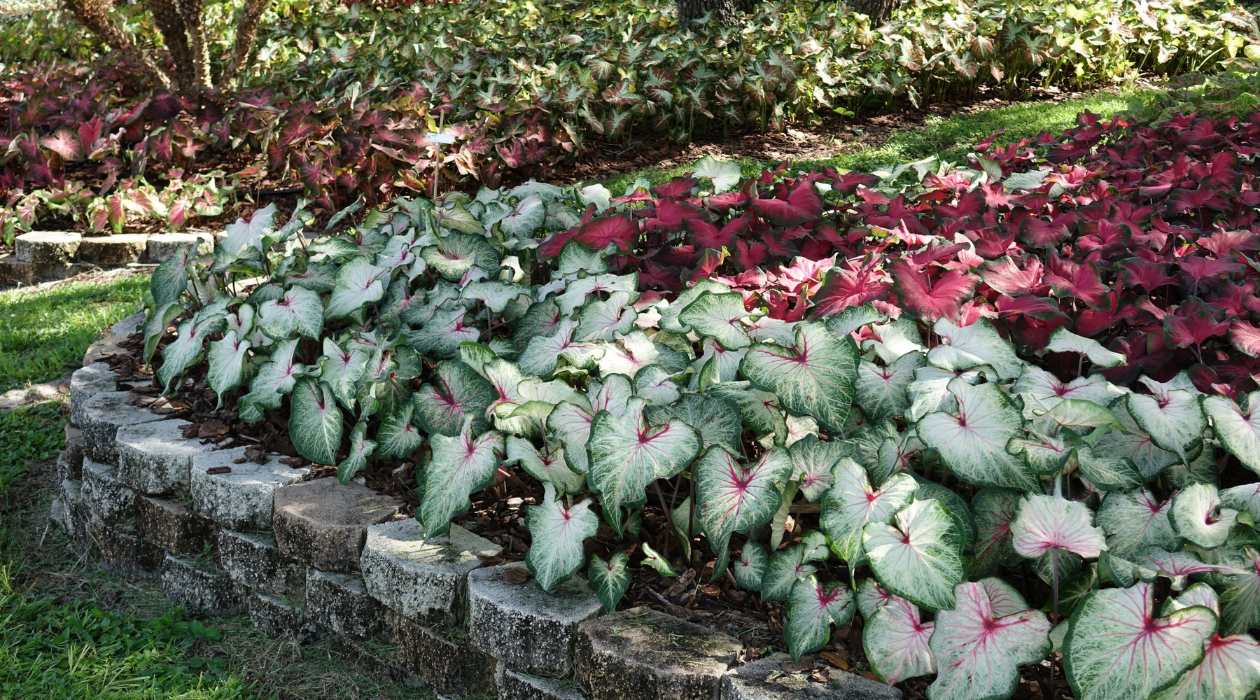

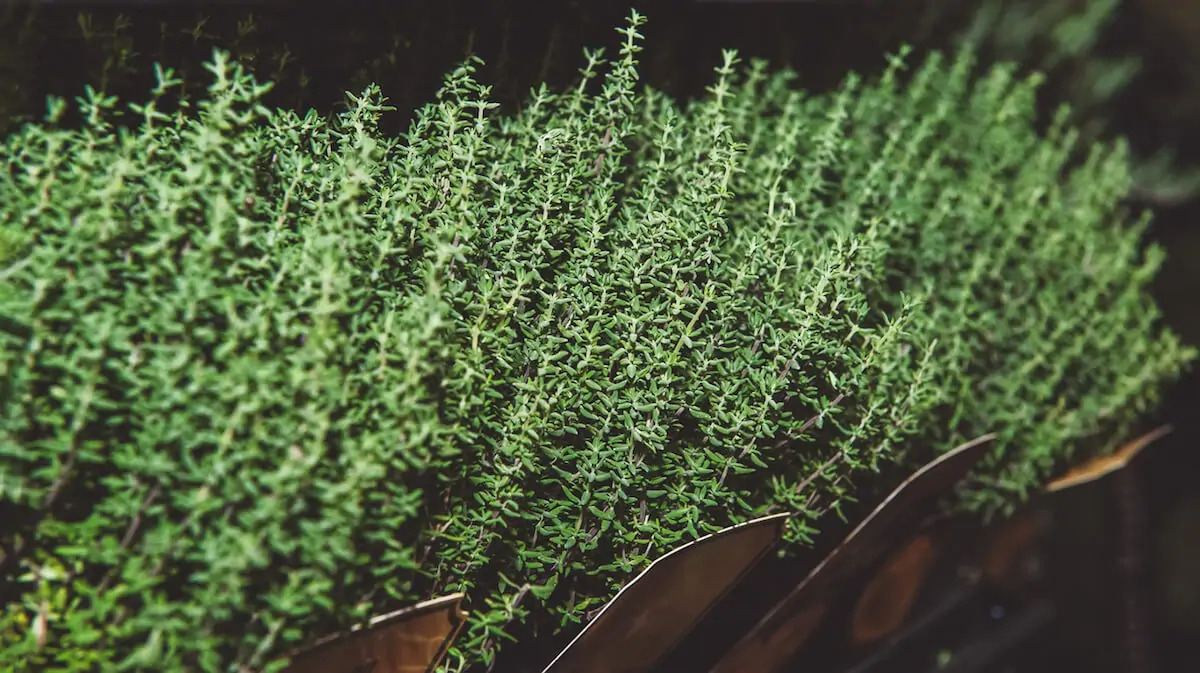
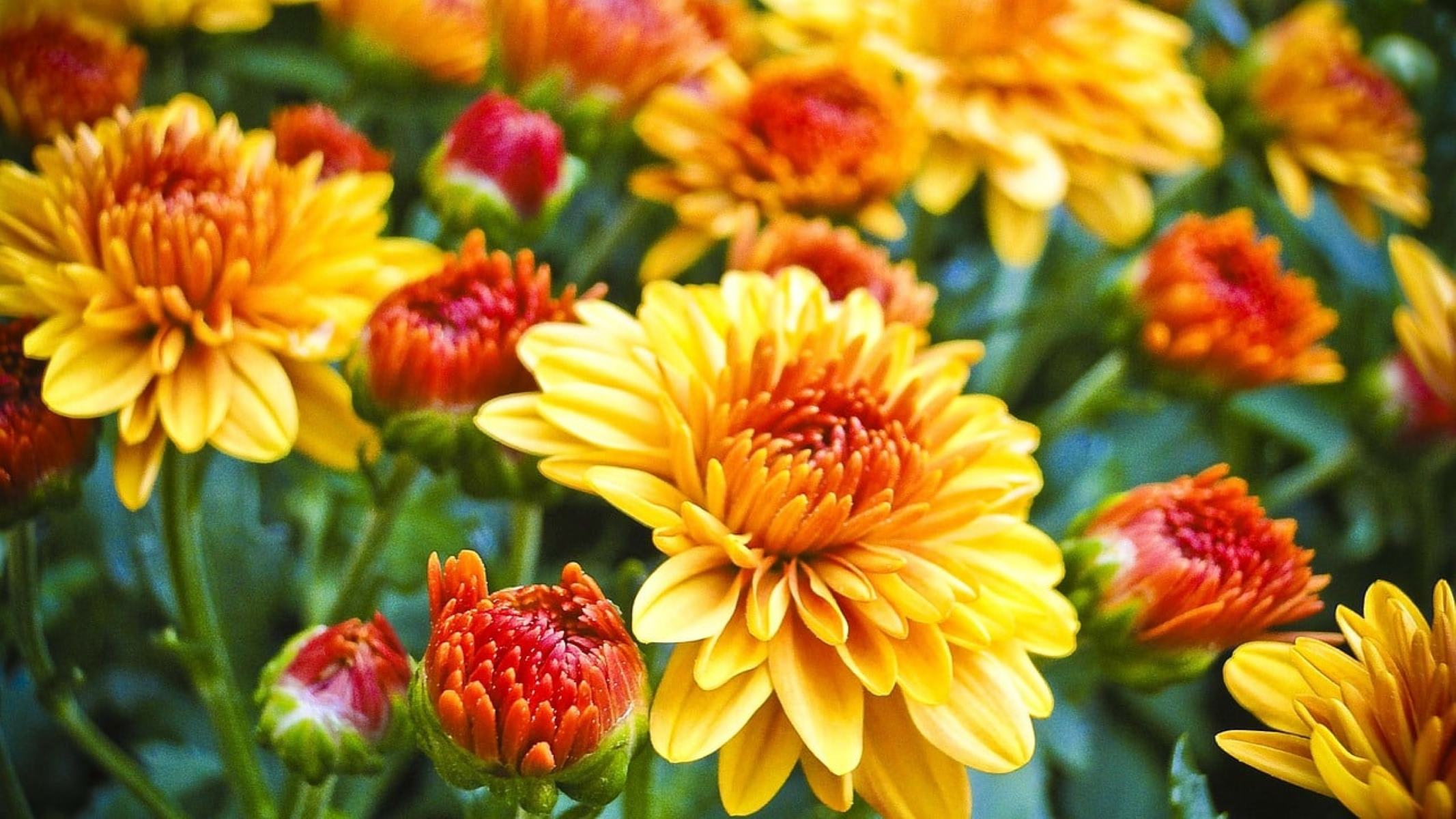
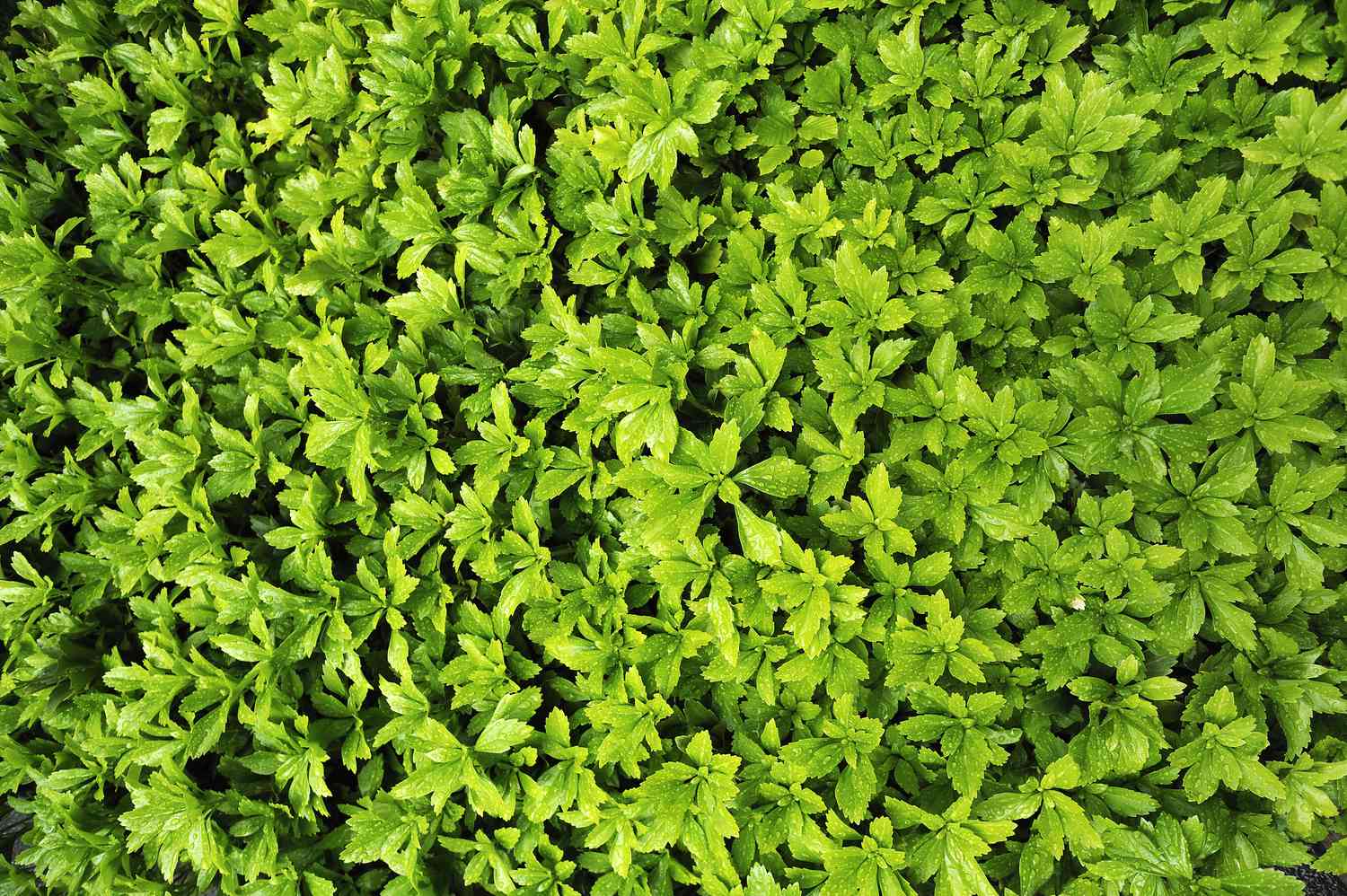


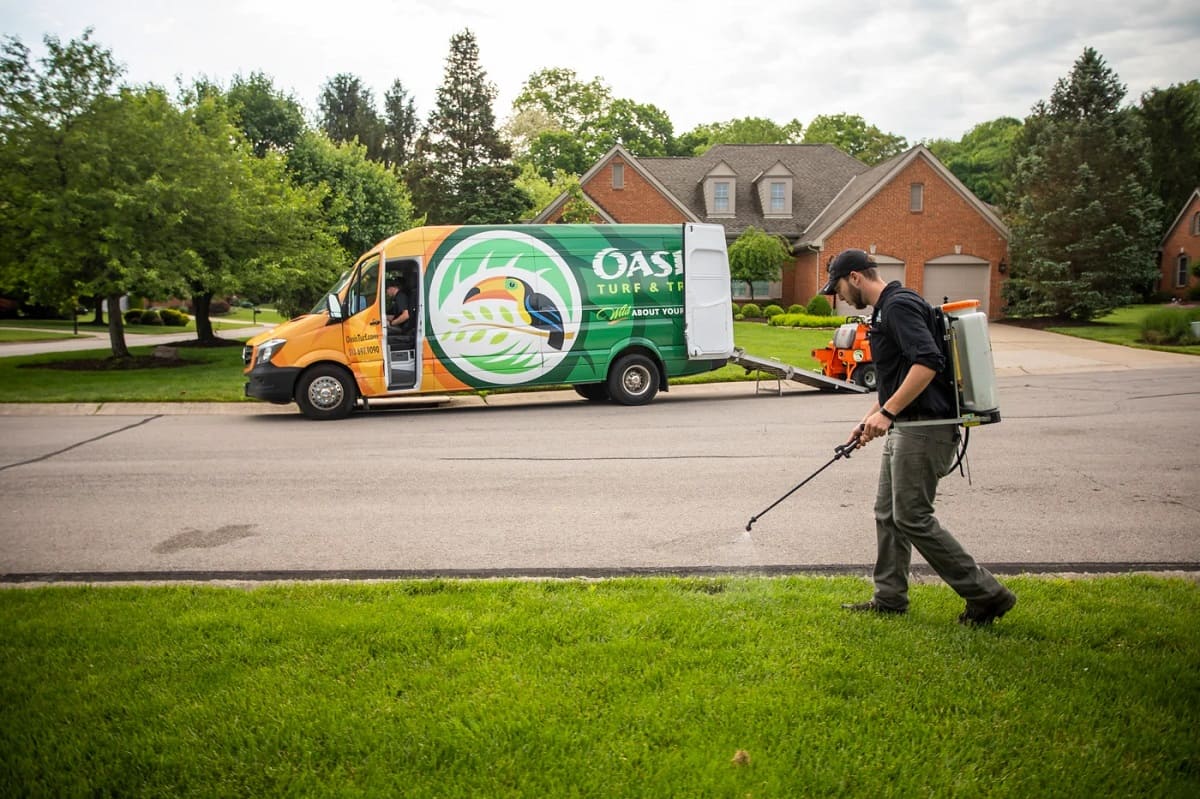
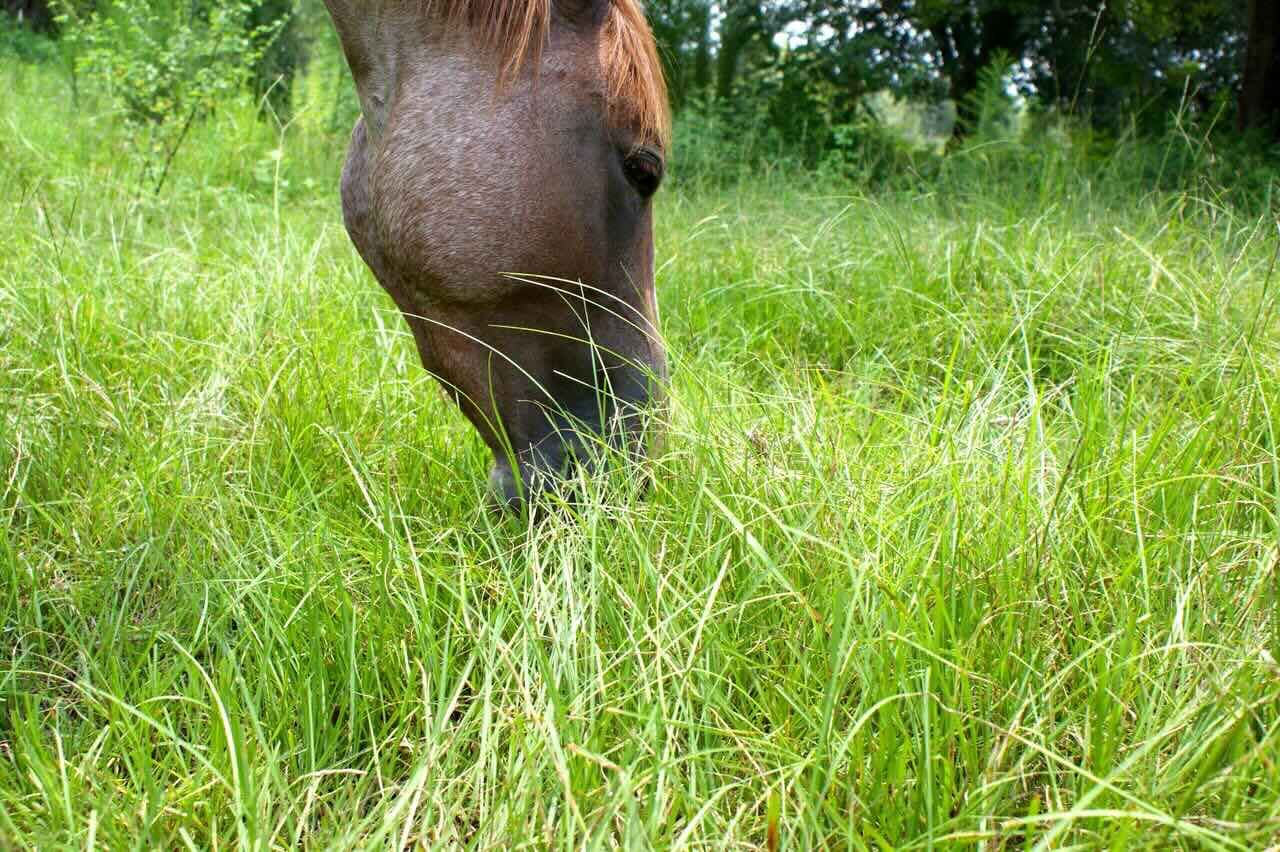


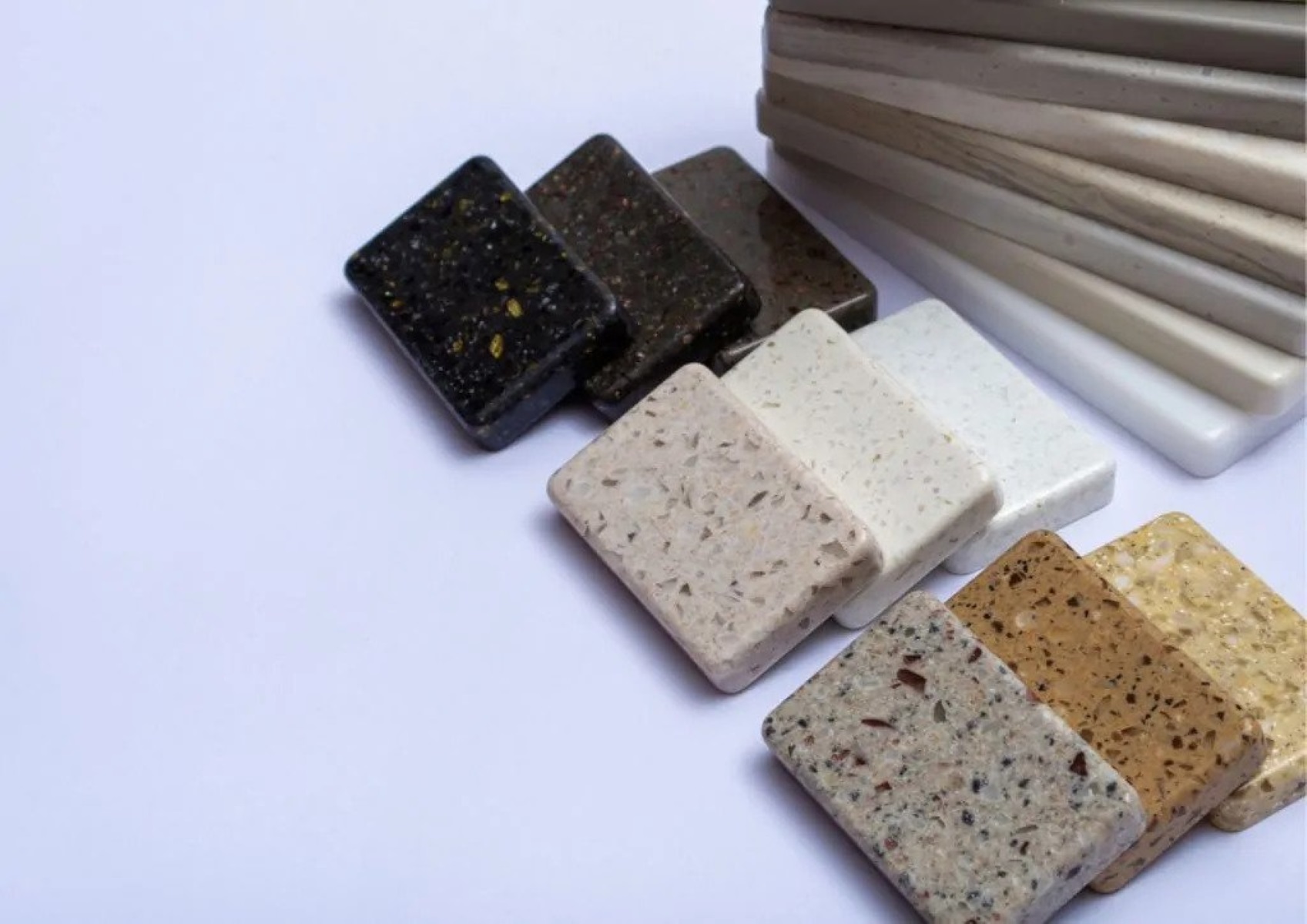



0 thoughts on “What Grass Is Most Drought-Tolerant”